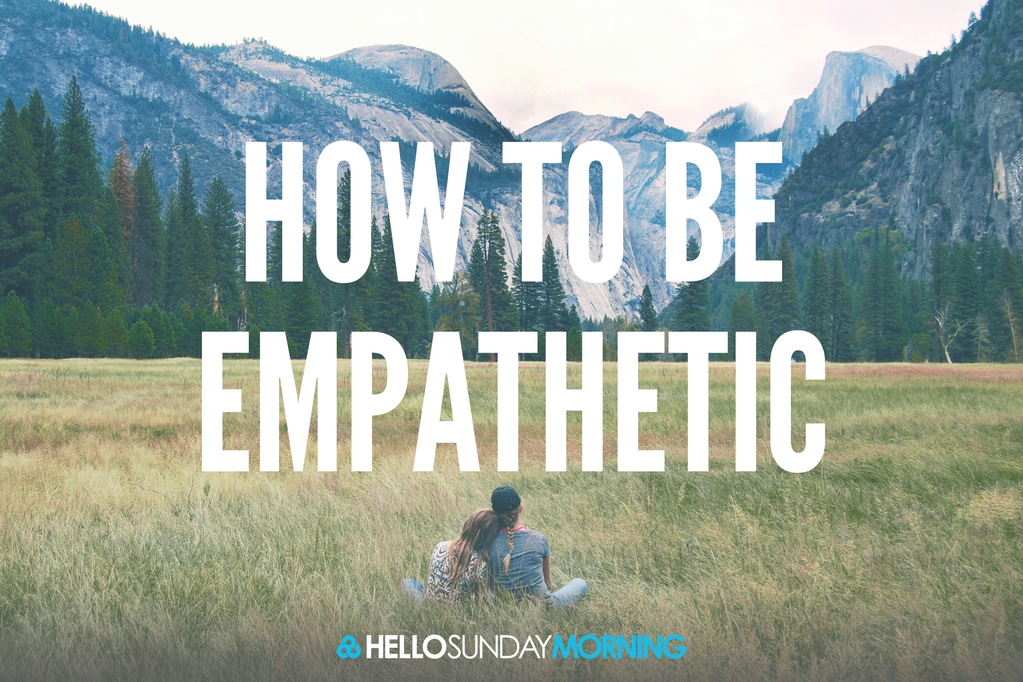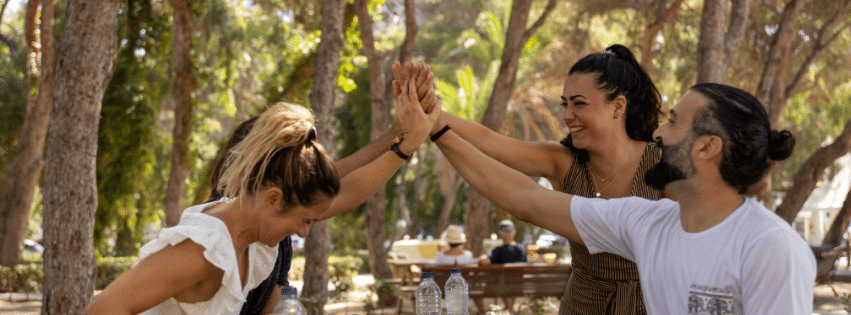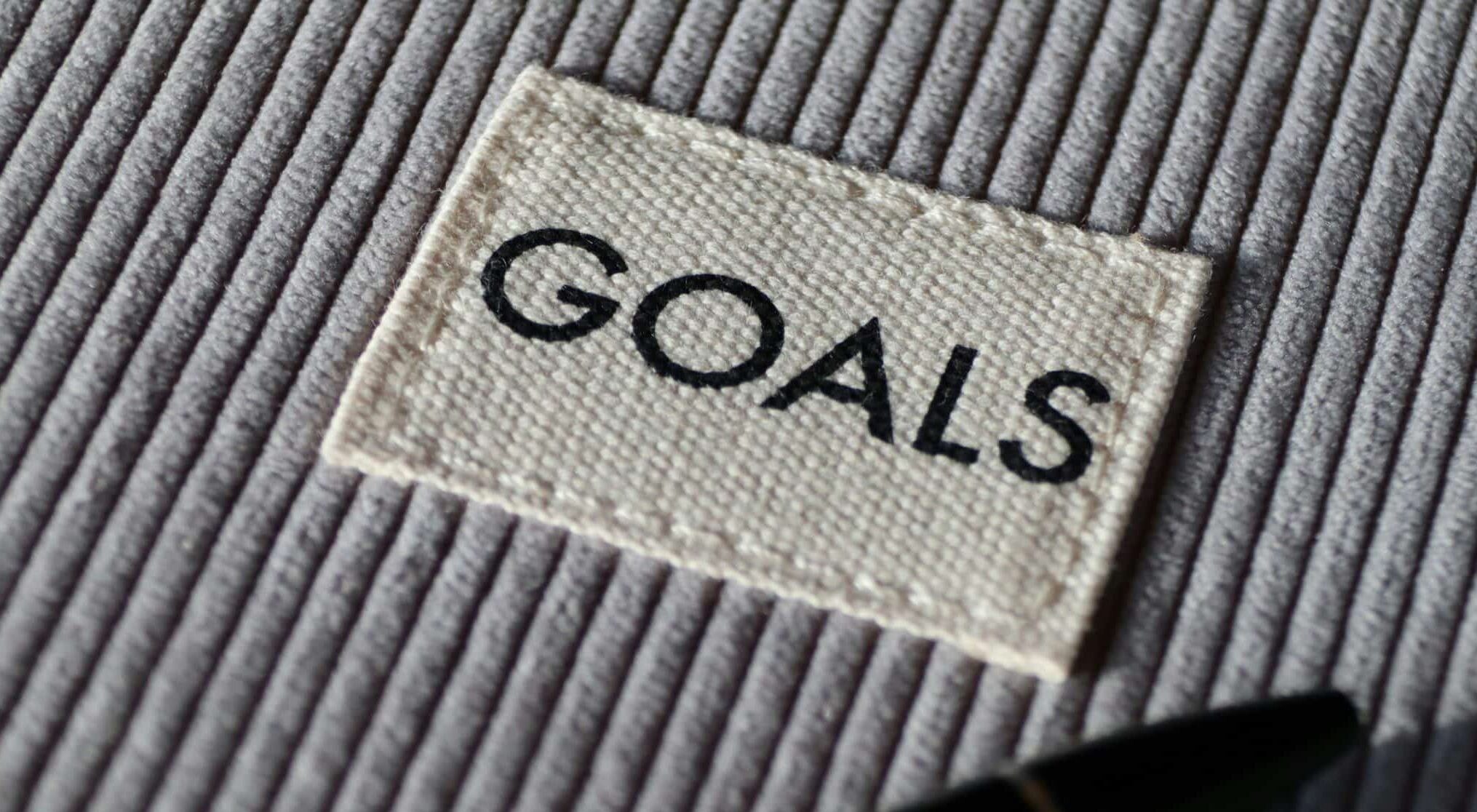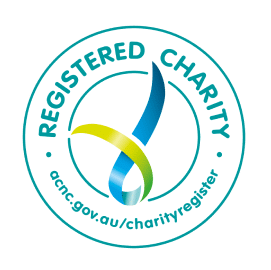
How to be empathetic
Empathy can sometimes be a hard one to get your head around. It's easy to feel sympathy; to feel sorry for someone going through a tough time. You can show compassion by being kind and you can be there for a person when they need you, but there's a little more to being empathetic.
When someone decides to change a lifestyle that hasn't been benefiting them, it's vital to be empathetic and help that person pursue their desire to change. You need to be someone who will not judge, who will really listen and who will try to understand them.
This video by Brene Brown is a great example
Empathy can be seen in two ways: as an emotional response to another person's emotional state; or a cognitive understanding of another person's sate of mind. An example given by Psychology Today explains that knowing how someone came to be homeless—the loss of a job, getting evicted from an apartment as a result of not being able to pay the rent, not having an address affecting an ability to find another job, etc.—can inform the sadness one experiences for the plight of the homeless person and can help motivate one to do something about it.
To be empathetic toward people with an addiction to a substance may be hard for some, as they may see the addiction as a choice and cannot understand how the person came to be that way and why they made the choices they did. The Addiction Center points out that on the other hand, substance use itself may cause people to struggle with empathy as the longer an addiction is fed, the harder it seems to mend relationships damaged by conflict, emotional abuse and a lack of compassion stemming from a lack of empathy.
Here are some tips to keep in mind while practising empathy:
Put your view to the side for a minute
It's impossible to be empathetic when you're judging a person's situation based on your own values, opinions, morals or beliefs. So rather than evaluate the situation, understand it. This doesn't necessarily mean you need to agree with the person, or even accept their actions or decisions. But for you to connect with someone - and that's what it is all about: connection- you need to be able to put aside your criticism and not focus on how to 'fix' things.
For example, a mother might tell her work colleagues that she is going to stop drinking as she feels that it is getting out of her control. She asks for their support when it comes to Friday night after-work drinks. A judgemental thought may be to think of the mother badly for having issues with alcohol because she's got young children to care for. This will not allow the colleague to feel empathy but instead analyse, criticise and perhaps even alienate her. This, in turn, would short-circuit the ability to create the trust needed for open communication and constructive change.
Facilitate listening
Hearing is through the ears, but listening is through the mind.
Always try to find the truth in what someone is telling you. Being an 'active' listener means someone who is able to see the deeper meaning and ask open-ended questions to enable an honest conversation.
When you're the speaker, it's best to show–not tell–people to allow them to read into what you're saying. Do this by giving context to what you're talking about, telling stories and anecdotes or painting a picture for the listener.
Wear their shoes
Empathy is all about resonating with what is going on in the subjective world of another. Allow yourself to really feel what others are feeling. You could ask yourself, "what would I do if I were that person in that situation?" Only from stepping into someone else's position can you truly begin to understand where they may be coming from.
Get a little perspective
The issue may not seem important to you. But it could mean the world to them. Delving into shared human values is a way to communicate by breaking through the contexts and cultures of diverse groups of people.
For example, let's look at the struggle to break a habit- whether that be alcohol, smoking, eating unhealthily, or even something that may not seem very serious. We have all wanted to break a habit at some point in our lives and can always relate to each other in our shared experiences. Another example may be losing a loved one. From a pet to a close family member, partner or friend, the shared human value of grieving is powerful and can also be used as a tool for connection and perspective.
It takes practice
Like anything in life that is hard yet worthwhile, it takes practice and it takes effort. Some people may even need to work harder than others to feel empathy, or it may come as a natural ability. You may not be great at it at the start, but as you learn to develop these skills and allow yourself to put down your shield and hold a trusted space for someone to open up, it's vital for healing.
Have empathy for yourself
The most important thing is to be empathetic to yourself. Be kind to yourself first, as this allows and teaches you to be kind to others.









Loved this article. Clear and valuable and something I can start to practice today. Thank you,